A former professional snowboarder, Christopher Rünge made a life-changing decision when he was 26 years old: to leave the icy adrenalin behind and dedicate his life to building the classic cars he’d been so taken with ever since he was a child. He discovered a raft of period tooling in a barn in South Dakota and set about teaching himself how to shape and fabricate metal.
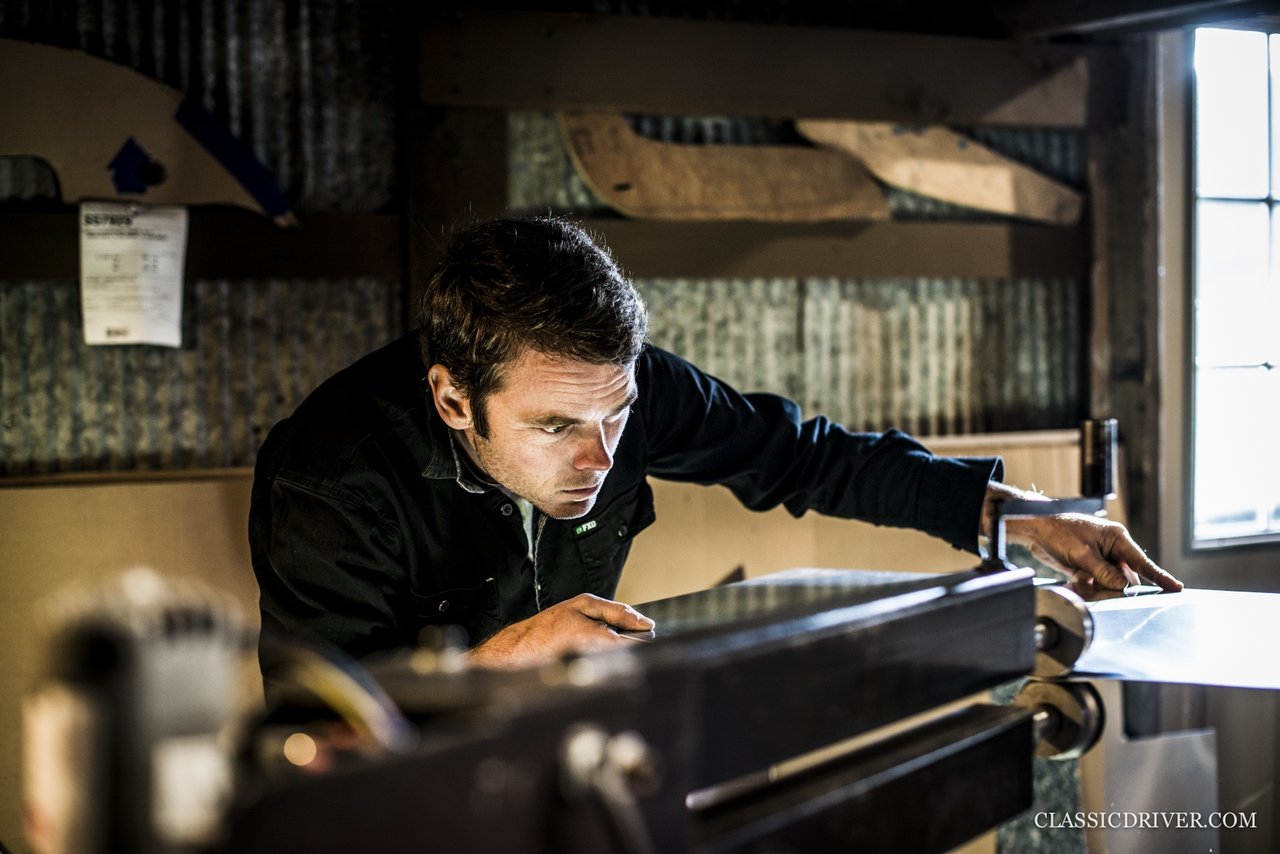
Inspired by competition Porsches and Glöcklers from the post-War era, both aesthetically and in terms of philosophy, he then set about building his own cars from scratch – he even casts his own parts in-house. Rünge’s current range comprises three distinct models, the latest of which is a 200mph beast that, eventually, will utilise composites such as carbon-fibre in its construction. Nodding to the past while embracing the present, the modest Rünge is certainly not messing around.
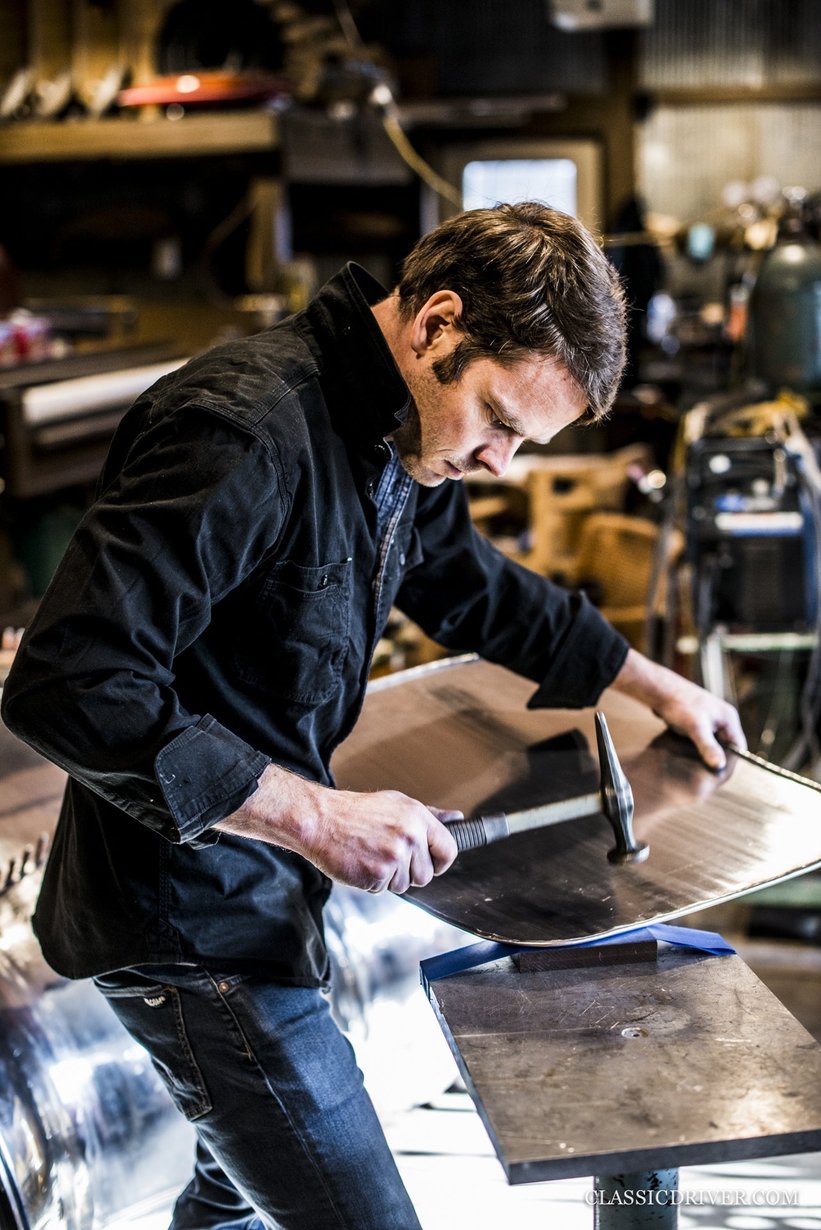
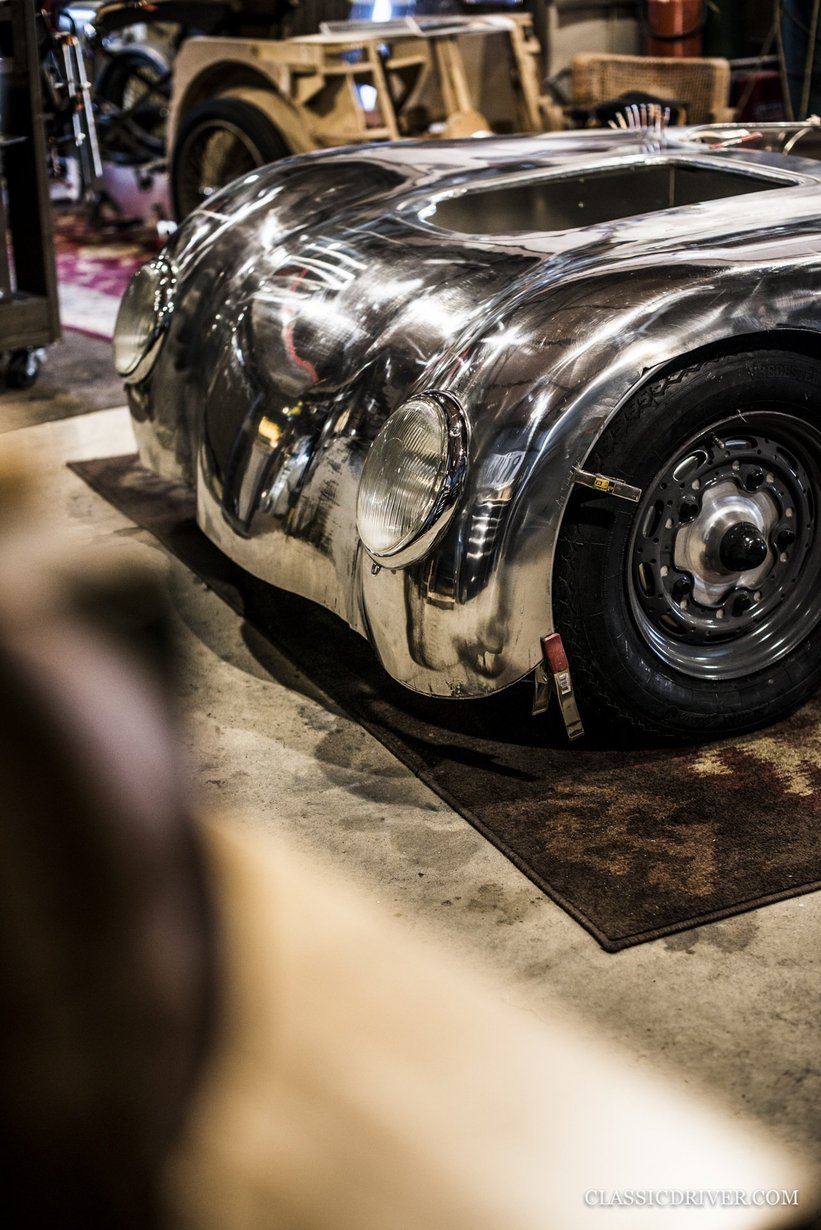
What are your earliest automotive memories?
I remember taking apart toy cars and modifying them when I was five years old, and by the time I was 14 I had a 1951 GMC truck that I began fixing up. I’ve always been drawn to classic cars in particular – when I finally drove my first VW Beetle at 16, I found its handling was completely unique and it was a lot of fun. That sparked my interest in and desire to find an old Porsche with a six-cylinder engine.
How did you feed this passion through your adolescent years?
Before I could drive, I started building custom vintage bicycles. I’d find an old Schwinn and give it a custom paint job, a faux fuel tank, new wheels, and a seat and then resell it. I made pretty good money doing that as a teenager.
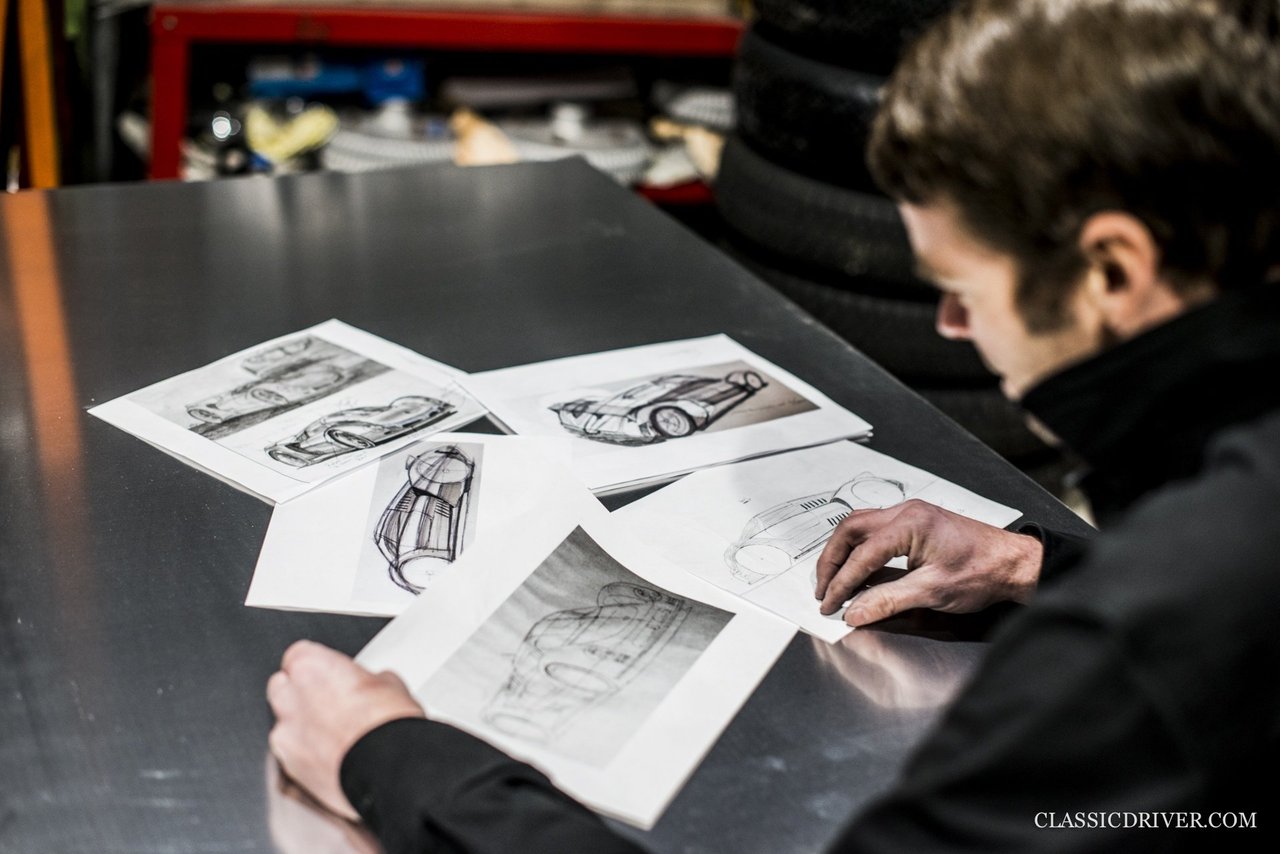
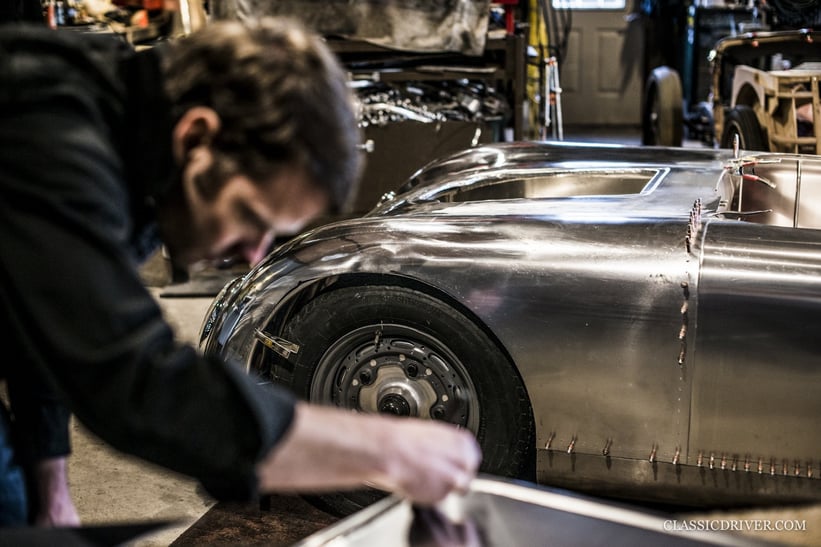
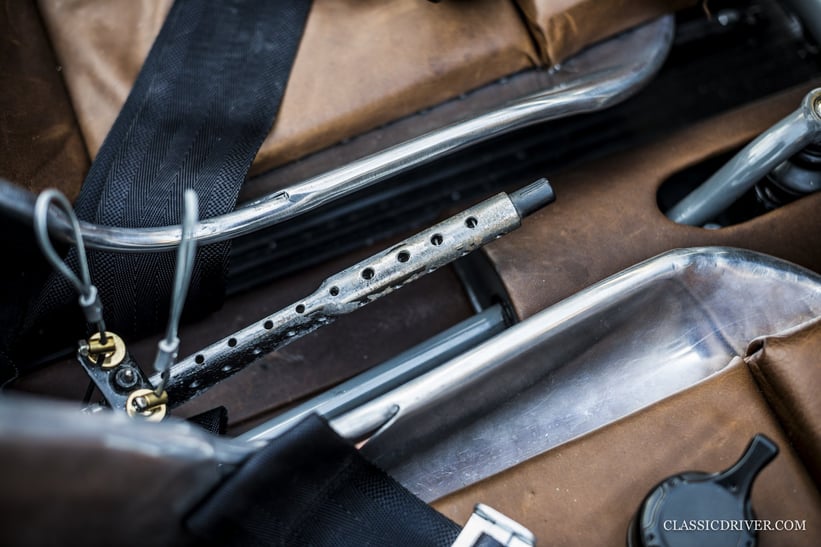
What prompted you to establish your own automotive company?
I was a professional snowboarder, but when I was 26 I made the decision to do something else. Cars were always my passion and when I wasn’t snowboarding, I was usually fixing cars and reselling them. It was a natural progression in that respect.
Building your own cars is an entirely different ballgame, though – how did you start?
I found a 1967 Porsche 912 in a barn in South Dakota in 2011. It was hidden with several thousand square-feet of tools and parts. Among them were the tools used to make aluminium body panels. I agreed with the seller that I would buy them, so I could build my own car. And so began my second career. I had zero training – just the vision of what I wanted to build. I first built the seat and moved onto the body panels.
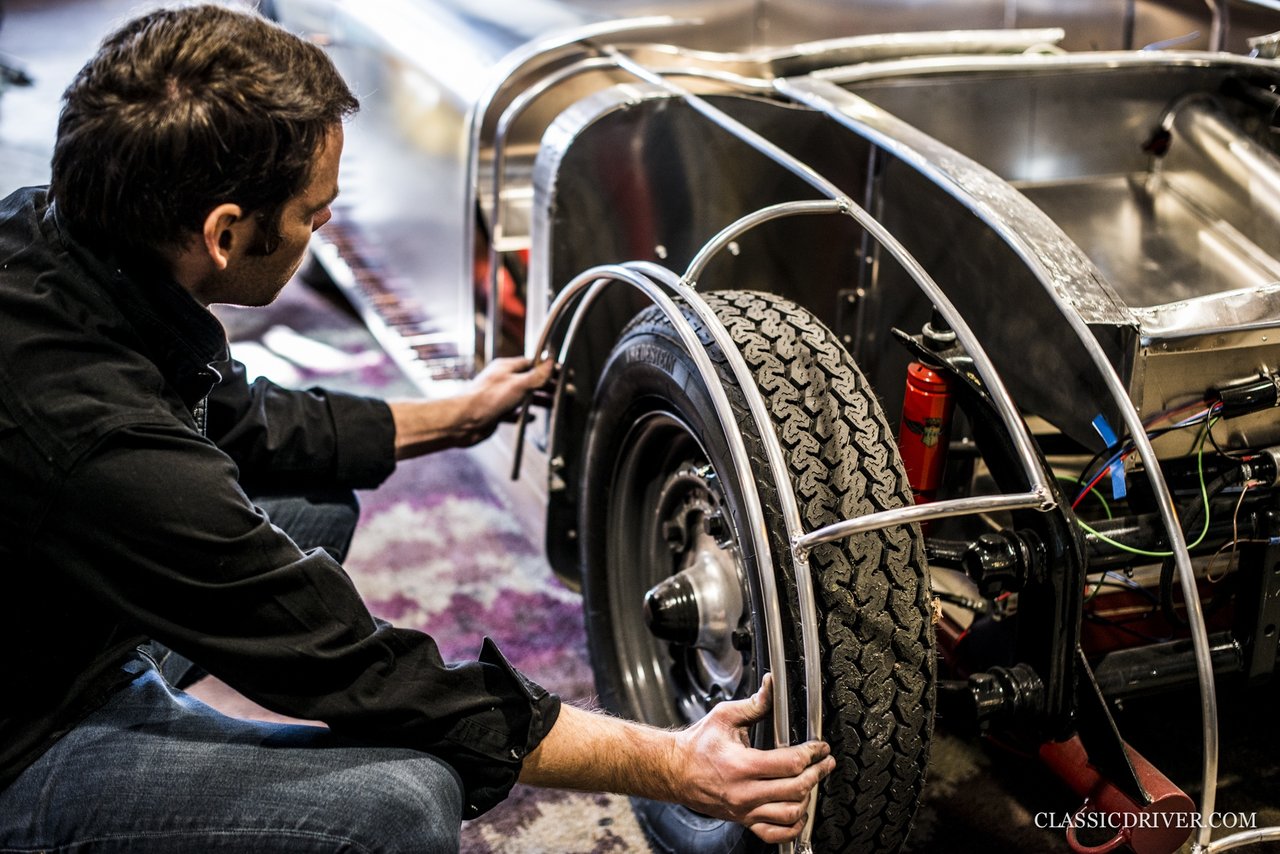

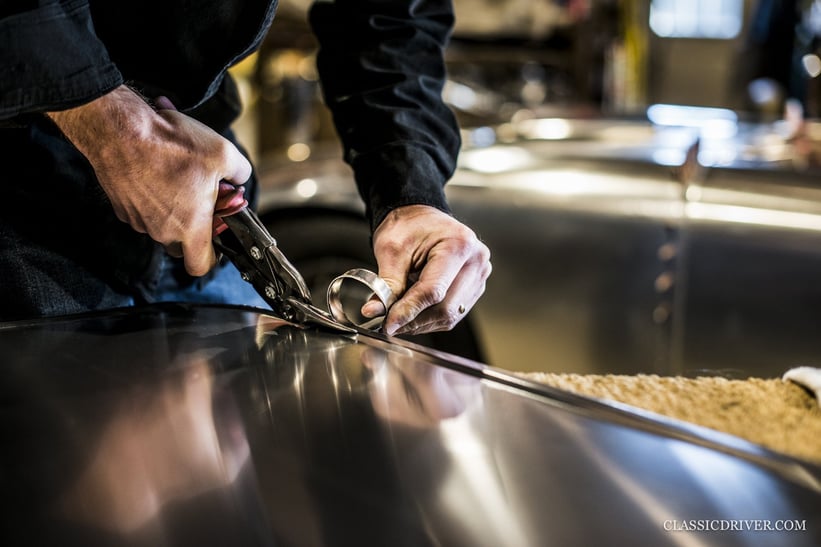
Why do you find the racing cars of Porsche, Glöckler, and Rometsch from the 1950s so inspiring?
I really identify with the spirit of these early racers, as they were built right after the War with little means. I, too, started with a very small budget, but what I lacked in money, I simply created by hand.
How did you learn to shape metal?
Metal shaping makes perfect sense to me. I’ve never been formally taught or trained but using the tools I acquired and several books, I began to understand how metal moves. That said, some of the books were completely inaccurate! Through pure trial and error, I was able to find out what works and what doesn’t and create a quality product. Welding was the biggest challenge because I was using such thin aluminium and a MIG welder with a spool gun. I’ve seen my work improve, yet I still constantly see areas I can improve. That’s what keeps me going!
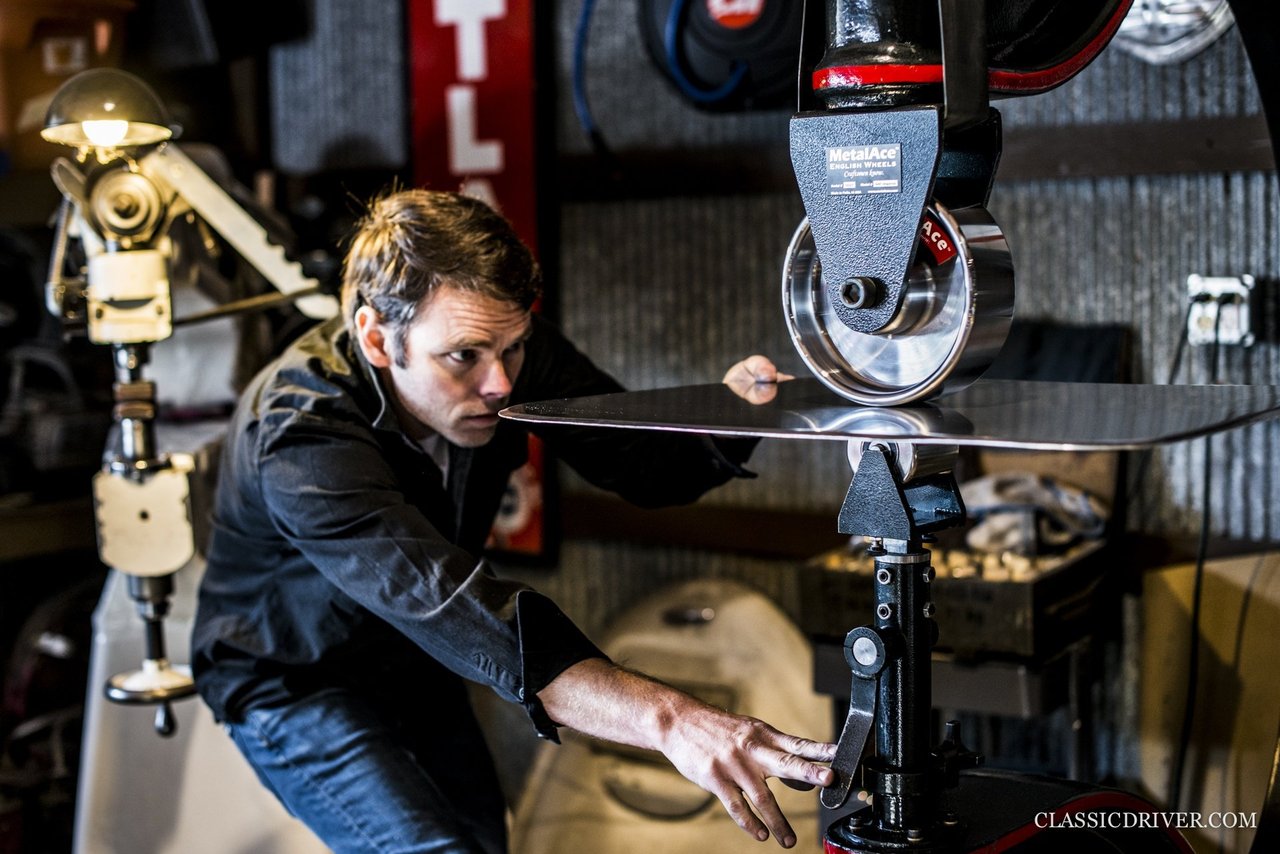
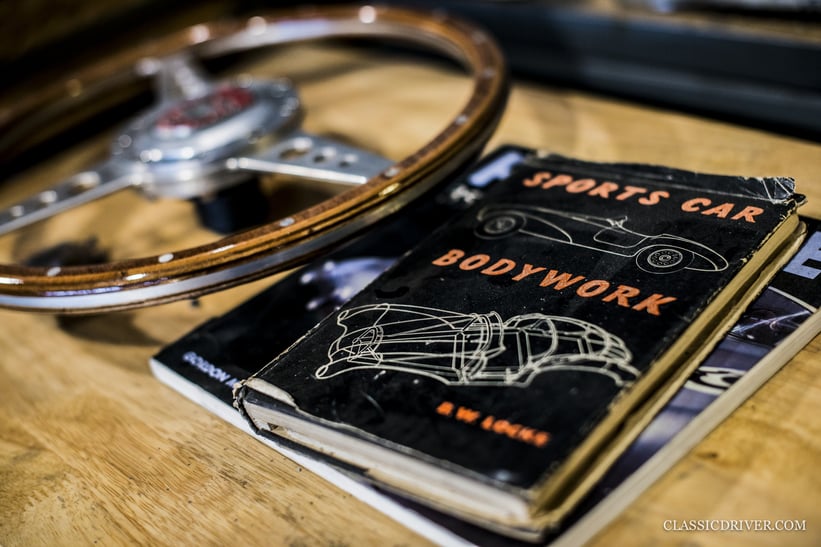
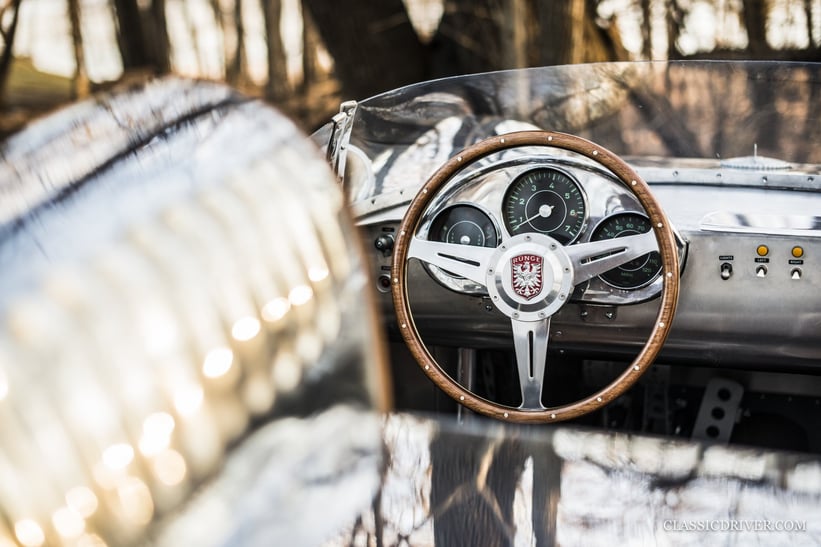
How do you feel that in the future, your name may well be associated with the likes of Touring, Zagato, and Figoni?
I feel so young that it’s hard for me to imagine my name among such greats. But I’m honoured that my work could be considered in this manner.
What do you make of the respective heritage and legacies of such great names as Touring, Zagato, and Figoni?
The more I research and study what others did in creating their work, the more I’m filled with admiration and respect. I take time to consider the past to ensure my work can and will continue, hopefully for generations to come. I think it’s so important to pass this craft down to younger generations. I’m very proud that my 13-year-old son Finigan has spent many hours with me in the workshop and I think he has great potential to not only carry on the tradition but also develop entirely new technologies through it.
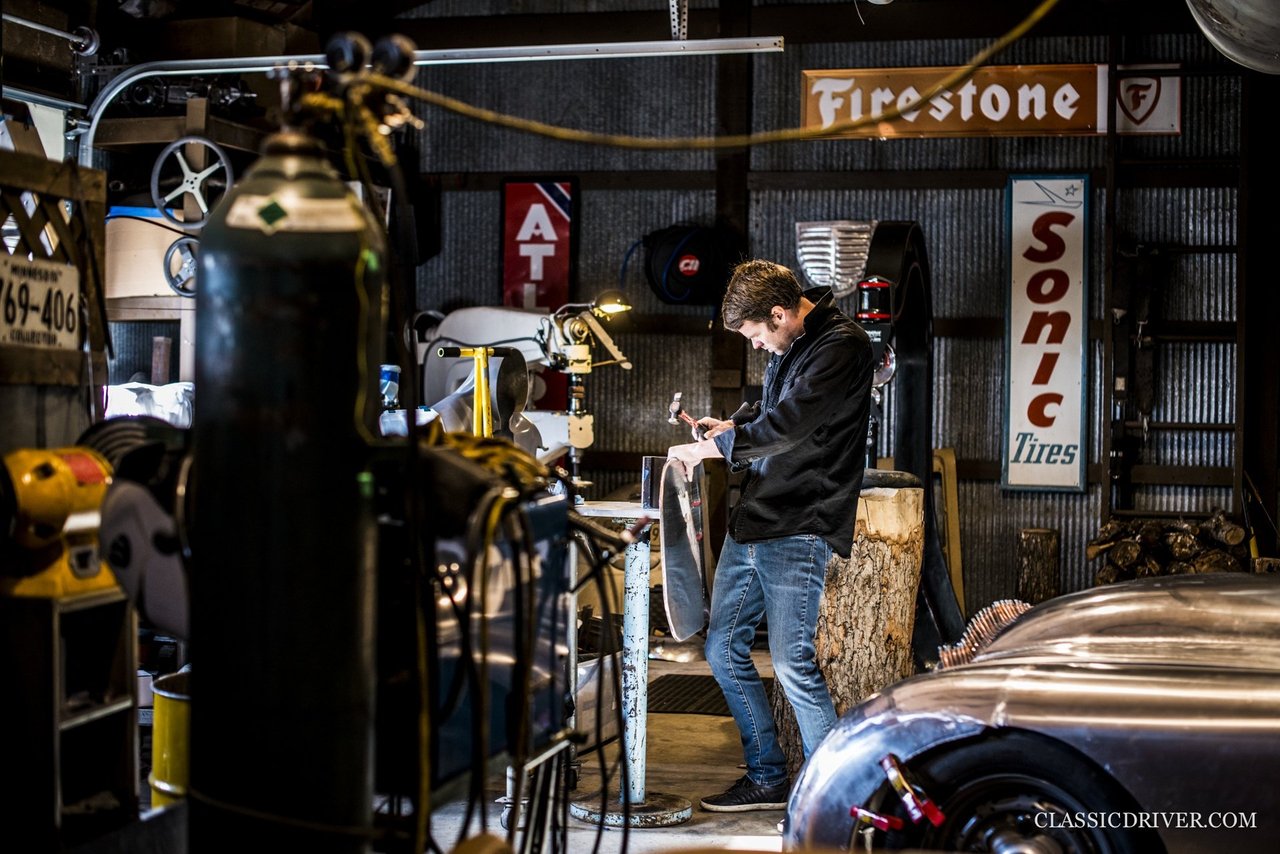
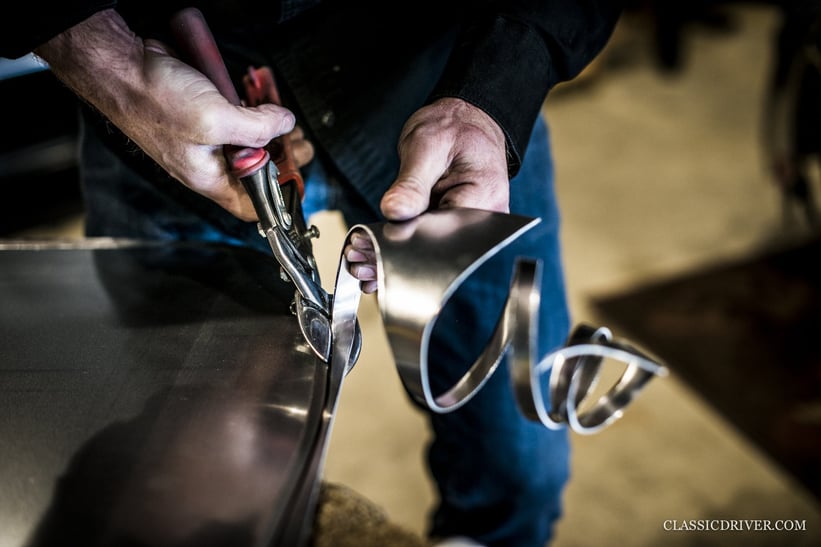
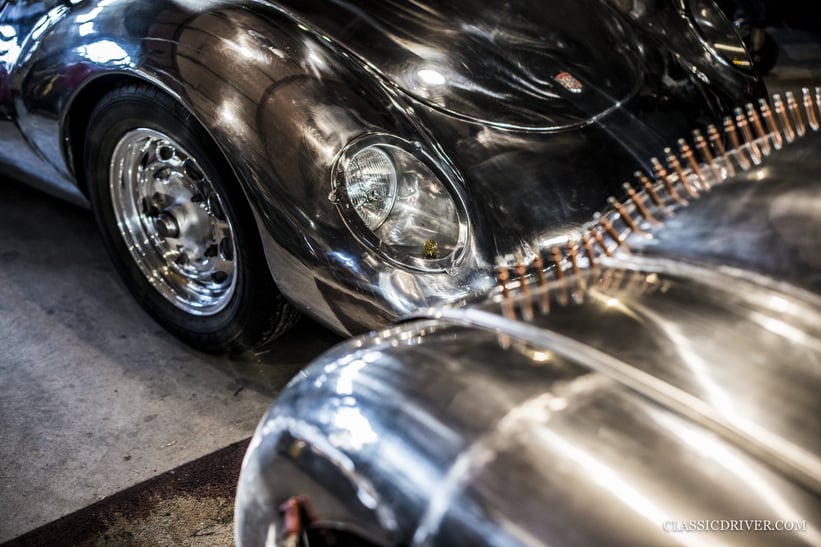
Who are your typical customers – are they Porsche collectors?
They’re not specifically Porsche collectors. It’s interesting that many people who call me are Shelby collectors! I’d say around 30–40 percent of the people who commission my work has ties to the Shelby brand.
Could you tell us a little bit more about your current range of models?
I now have three models. The first of my creations, the ‘Flyer’, was inspired by the post-War racers of Germany, specifically the Glöckler cars. It’s very light, has a small displacement, and is a real blast to drive. The second design is the RS, which is more refined and has a late-1950s aesthetic. It pays homage to the Porsche RSK yet carries many Italian design cues. Finally, there’s the R2, which is a completely new beast. It’s powered by a Porsche six-cylinder mounted amidships, has fully independent suspension, disc brakes, and rack-and-pinion steering. The car is incredible and capable of nearly 200mph, which we’ve already proven in testing. I have many more designs that can fit directly on my chassis, allowing the customer to choose his or her own style while utilising our proven suspension and drivetrain.
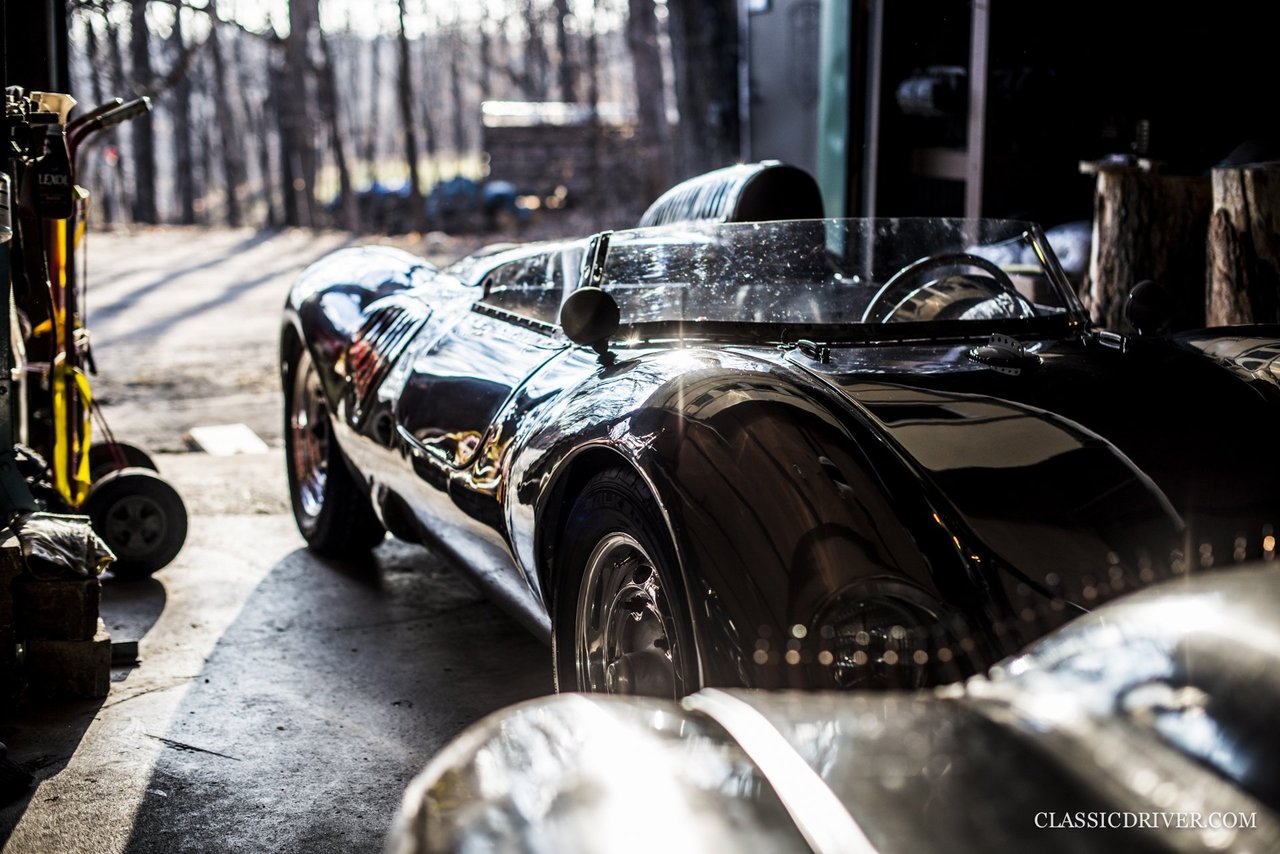
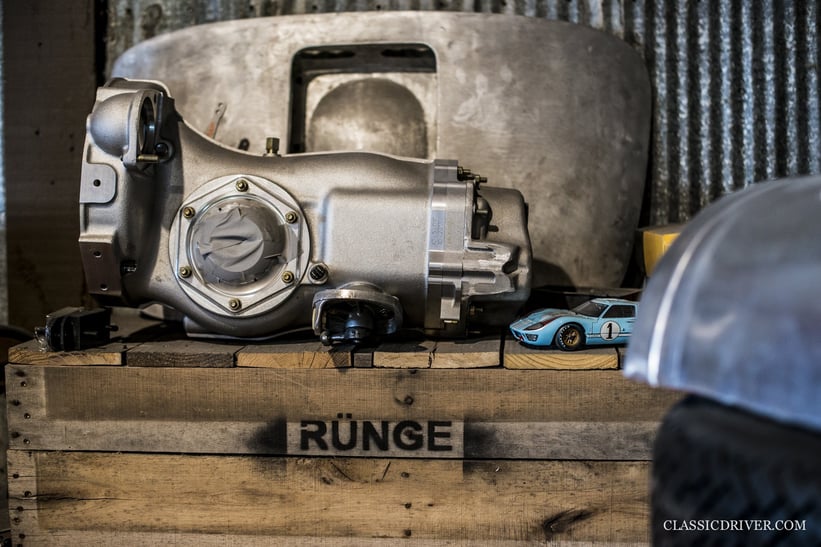
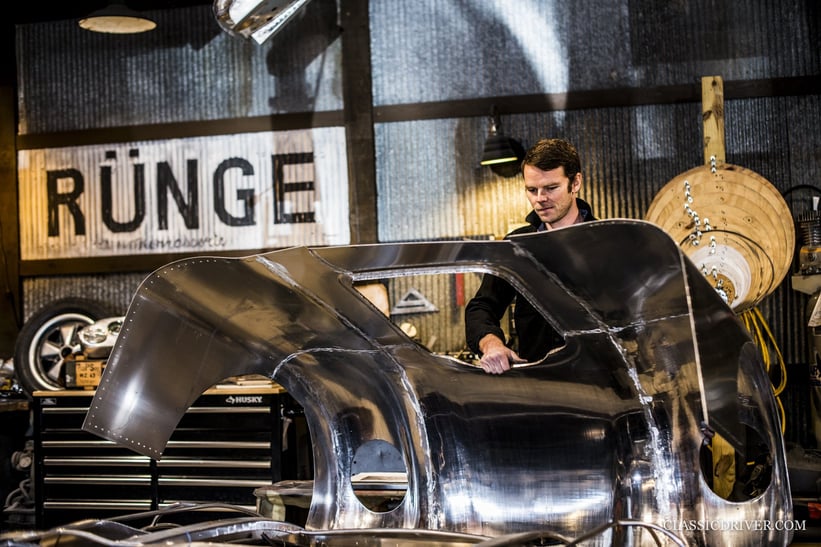
How do you see your company evolving in the future?
I’m aiming to use more composite materials with my newest design, the R2. This will blend traditional aluminium coachwork with carbon-fibre in a way that I’ve not seen before and truly acknowledge the past and the future.
What advice would you give to anyone thinking of changing their lives and building something from scratch?
I’d tell them to research it to the best of their ability and, if they can, get the help of someone knowledgeable. Many people may not understand their vision or idea, but that doesn’t mean it’s not worth pursuing.
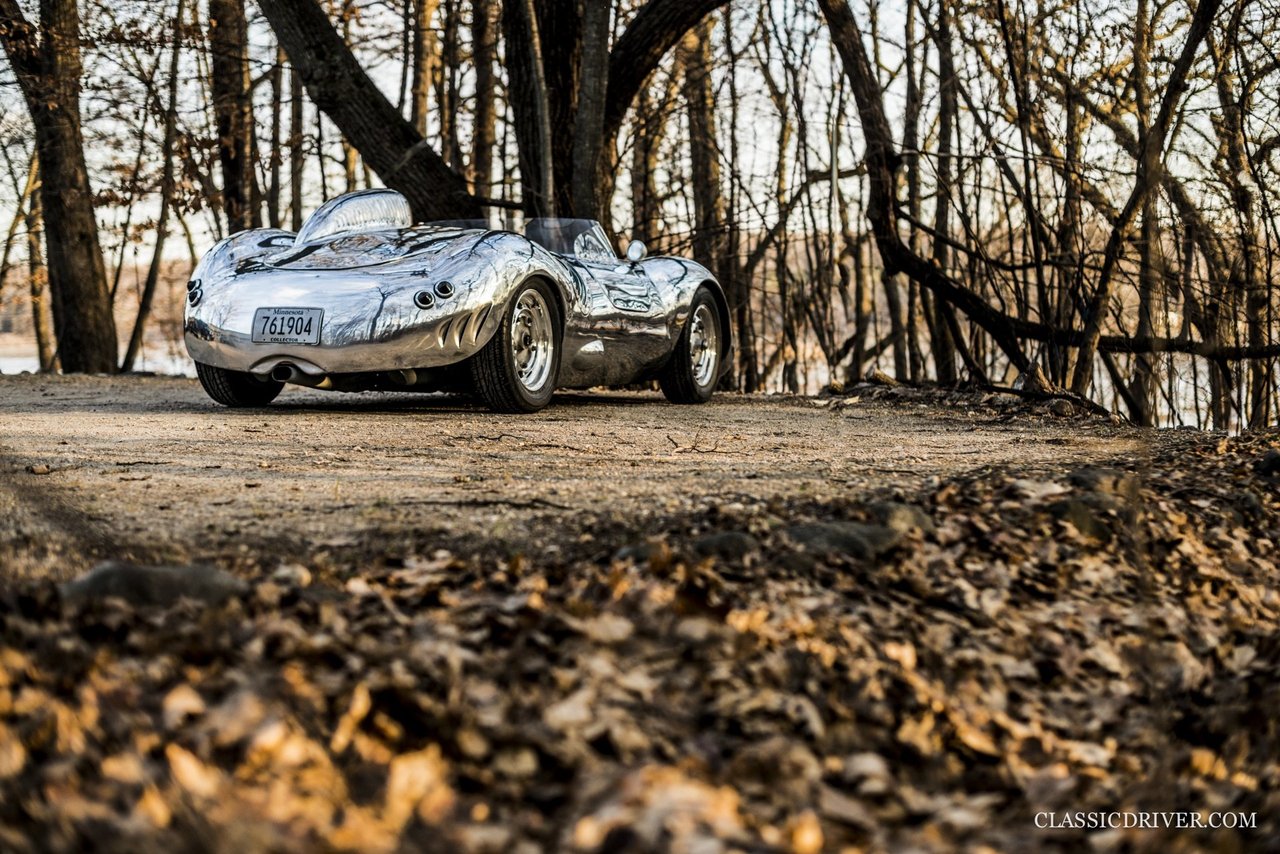
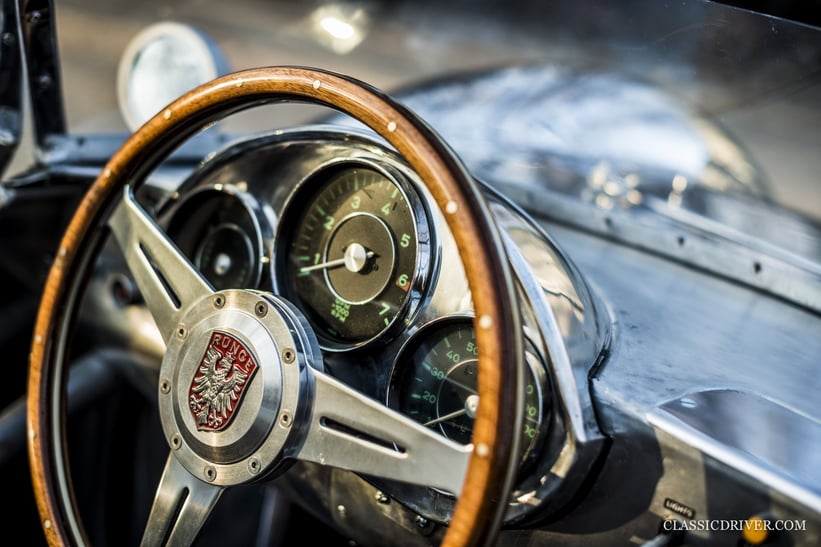
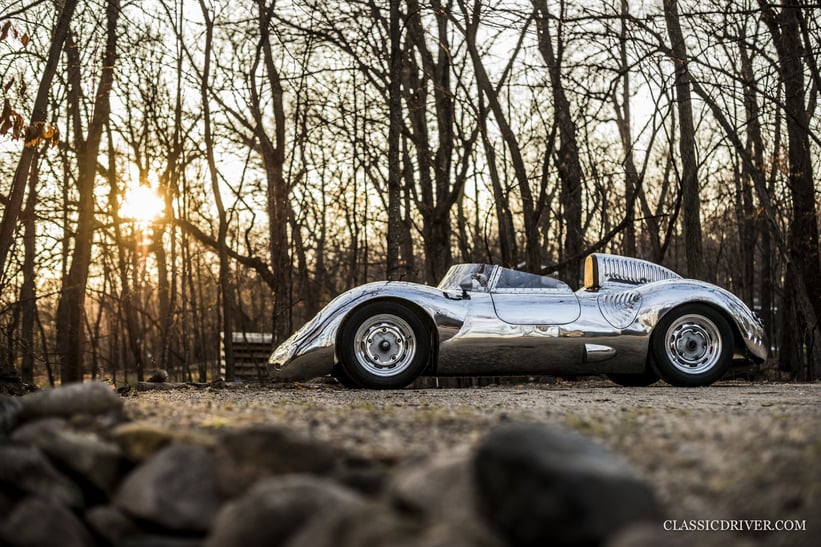
Looking back, how does it feel to have created a number of your very own cars?
It feels wonderful to create your own car. There are different moments in the process where you stop and find real satisfaction. Most satisfying of all is when you finally get to take the finished car on the road and realise you’re driving a car you built. You tuned, you tightened, you adjusted, you hammered, and you polished. And it all came together and that makes you smile. When a car is built by hand, it has its own soul that really shines through.
In your opinion, what is the most amazing automotive design of all time?
My mind is drawn to the Bugatti Atlantic and then jumps forward to the current Koenigsegg hypercars. They’re both examples of cutting-edge, technologically advanced cars in completely different eras.
Photos: Rémi Dargegen for Classic Driver © 2018










































